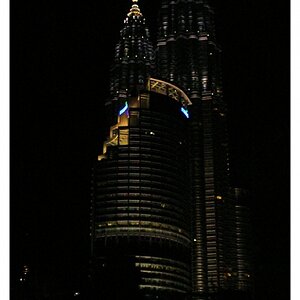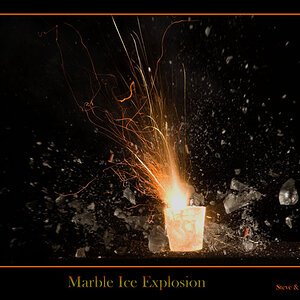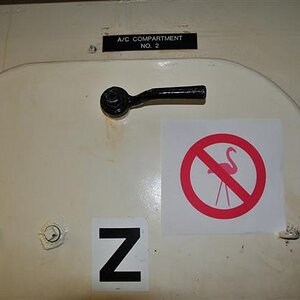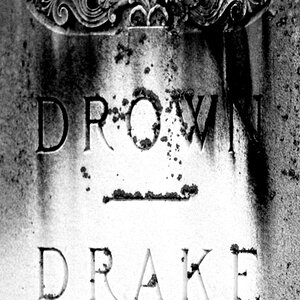Helen B
TPF Noob!
- Joined
- Sep 16, 2007
- Messages
- 3,296
- Reaction score
- 467
- Location
- Hell's Kitchen, New York
- Can others edit my Photos
- Photos NOT OK to edit
... at the same aperture, the 105 has about half the DOF (depth of field) the 60 does. When DOF in of major importance, when I can I use the 60mm.
Are you comparing the two lenses at the same magnification and the same effective aperture? Can you give us an example?
Thanks,
Helen









![[No title]](/data/xfmg/thumbnail/32/32953-da4fe78e854d5dbe210d58591ccf42d4.jpg?1619735787)




